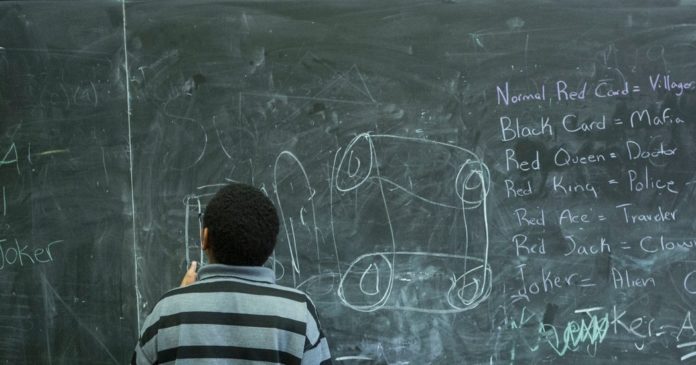The study doesn’t explain why greater graduation requirements might reduce risky behavior, but the authors offer two hypotheses. First, greater demands at school take more time: longer hours doing homework and studying. Students who spend more time on schoolwork have less time to do other things. (They could also be reducing sleep or exercise, however.)
Second, a number of other studies have shown that increased high school math graduation requirements have been linked to higher future earnings. This increases the potential loss to students who jeopardize those future earnings through risky behavior. (This second theory requires teenagers to be forward-looking, something parents of teenagers might find implausible.)
Rates of alcohol, drug, and tobacco use among teenagers are high enough to provoke concern among their parents. According to the Centers for Disease Control and Prevention, about one-third of high schoolers consumed alcohol in the last month, and 18 percent had five or more drinks when they did so. One in five had used marijuana in the past month, and more than 5 percent had used cocaine or hallucinogenic drugs. Just over 10 percent of high schoolers smoke cigarettes.
Nevertheless, by some measures, teenagers are engaging in less risky behavior than they used to. Their rates of alcohol and cigarette use have trended downward since the early 1990s, though use of other drugs is up.
Reducing risky behavior early in life is important because habits established in youth often persist into adulthood. Deterring those behaviors early has long-term benefits. A clever body of work takes advantage of school choice lotteries, in which families who win the lottery can place their children in their preferred — typically higher-quality — school. For example, one study of the Charlotte-Mecklenburg, N.C., school district found that lottery-winning middle school and high school enrollees entered higher-quality schools and committed less crime seven years later.
There are other ways the education system can help children be and stay healthy. There are many evidence-based programs that schools can use to directly address the factors that drive or deter substance use. One study found that higher teacher wages are associated with lower mortality. A study of Southern states found that decreasing student-teacher ratios, increasing teachers’ wages, and lengthening the school year are all associated with better future health of students, including reduced smoking, obesity and mortality.
There is variation in results of studies like these. Not all find a connection between education and health or behavioral outcomes. It’s also reasonable to be concerned that when connections are found, correlations are not causation.
Source : Nytimes












